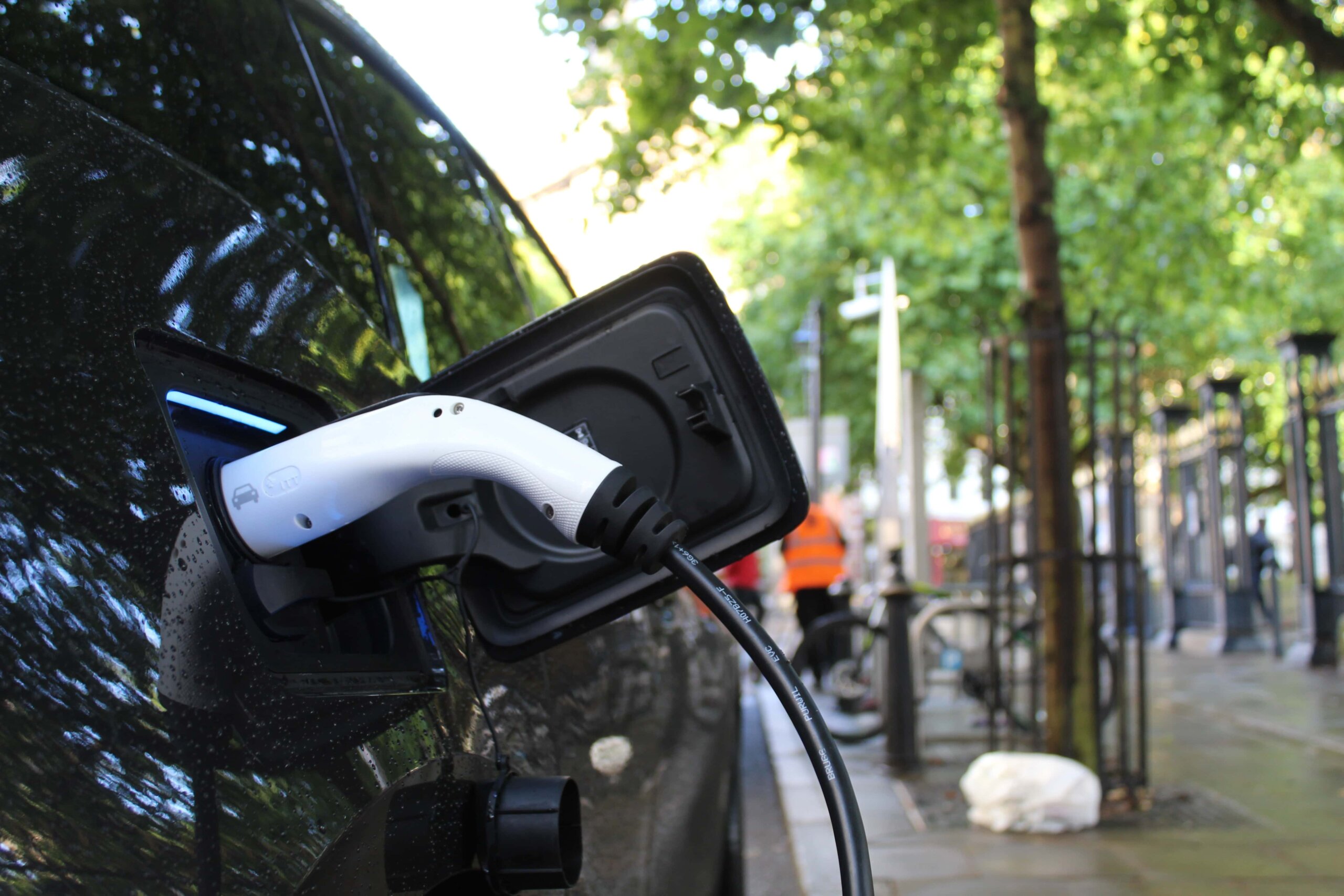Tax Credit for Clean Vehicle Driver

The “Clean Vehicle Credit,” an enhanced electric vehicle credit put in place by the Inflation Reduction Act of 2022, eliminates the per manufacturer limit on eligibility and extends the credit to commercial and used vehicles through 2032 (originally set to 2022). After August 16, 2022, the individual tax credit is only available for electric vehicles if their final assembly occurred in North America. While other changes to the rules begin in 2023, this new requirement takes effect immediately.
The Treasury Department and the IRS, along with the Energy Department (DOE) rushed out guidance and FAQs after the enhanced credit was enacted to explain the phase-in rules and to help taxpayers identify eligible vehicles. First, let’s look at the credit’s new outlines.
Credit Basics
- Up to $7,500 credit for new vehicles for individuals.
- $4,000 credit for used vehicles for individuals, beginning in 2023. Vehicles must be at least two years old and must cost $25,000 or less.
- For new vehicles, MSRP price caps of $55,000 for cars and $80,000 for trucks and SUVs.
- Per-manufacturer limit lifted, beginning in 2023.
- North American final assembly requirement begins August 16, 2022.
- Income caps on credit of $150,000 for single taxpayers and $300,000 for joint filers.
- Income caps for purchasers of used vehicles of $75,000 for single taxpayers and $150,000 for joint filers.
- $7,500 credit for commercial vehicles with no assembly, price, or income limits, beginning in 2023.
List of Eligible Vehicles
To assist consumers in identifying eligible vehicles, the Departments of Transportation (DOT) and Energy (DOE) set up websites to help taxpayers meet the new North American assembly rule that took effect August 16, 2022. Eligibility no longer depends primarily on battery size. Now, hydrogen fuel-cell vehicles, all-electric and plug-in hybrid vehicles can qualify, and the amount of the credit will be determined based on the critical minerals used as well as battery components.
Determining whether a vehicle qualifies is a two-step process. Taxpayers can first consult the DOE list of Model Year 2022 and early Model Year 2023 electric vehicles that may meet the final assembly requirement. The eligibility for a specific vehicle must be confirmed using its Vehicle Identification Number (VIN) number. Consumers and auto dealers can enter the VIN into the National Highway Traffic Safety Administration’s VIN Decoder tool. The “Plant Information” field at the bottom of the page lists the build plant and country for the searched vehicle.
Binding Contracts Not Subject to Assembly Rule
Because the final assembly requirement applies beginning August 16, 2022, the IRS implemented a binding contract rule. If a taxpayer entered into a written binding contract to purchase a new electric vehicle before August 16, 2022 but did not take possession of the vehicle until on or after that date, the taxpayer can claim the EV credit based on the previous rules without regard to where it was assembled.
If a taxpayer purchases and takes possession of an electric vehicle after August 16, 2022 and before January 1, 2023, the rules involving the manufacturing caps on vehicles sold continue to apply. See “Pre-Inflation Reduction Act of 2022 Information” section of the IRS EV page. GM, Tesla and Toyota have reached the limit for 2022, but the limits will no longer apply in 2023.
How to Claim the Credit
Taxpayers that purchase a qualifying electric vehicle can continue to claim the electric vehicle tax credit on their annual tax filing on either Form 8834 or Form 8936. Starting in 2024, car buyers will be able to transfer the credit at the point of sale to dealers registered with the Treasury Department so that the credit can directly reduce the purchase price. Being able to claim the credit up front is a significant advantage because taxpayers will not have to finance the amount of the sales price for which a credit is allowed. Treasury rules on the advance payment option should be out before the end of the year.
State Credit May Be Available
State credits for electric vehicles also may be available. The DOE’s Alternative Fuels Data Center website identifies state-level EV credit programs across the country.
The new federal EV credit along with state incentives can greatly reduce the price of an electric vehicle for both individuals and businesses going forward. With the added benefit of taking the credit at the time of purchase, individual taxpayers and business owners should take a good look at buying electric vehicles within the next few years.
Explore related insights
-
Do You Need an Identity Protection PIN?
Read more: Do You Need an Identity Protection PIN?
-
State Tax Pitfalls of Private Equity Investment in the Middle Market
Read more: State Tax Pitfalls of Private Equity Investment in the Middle Market






